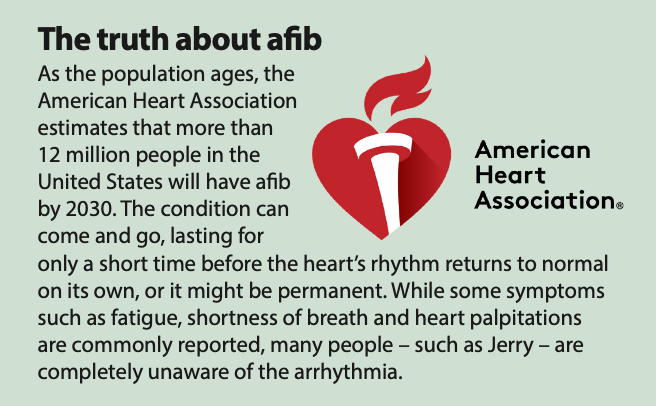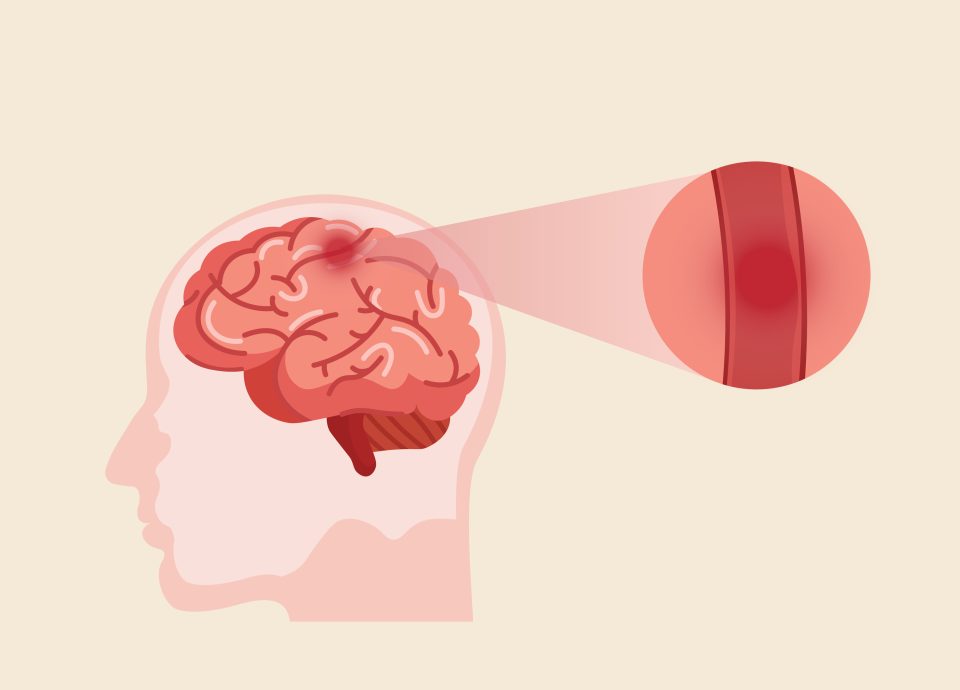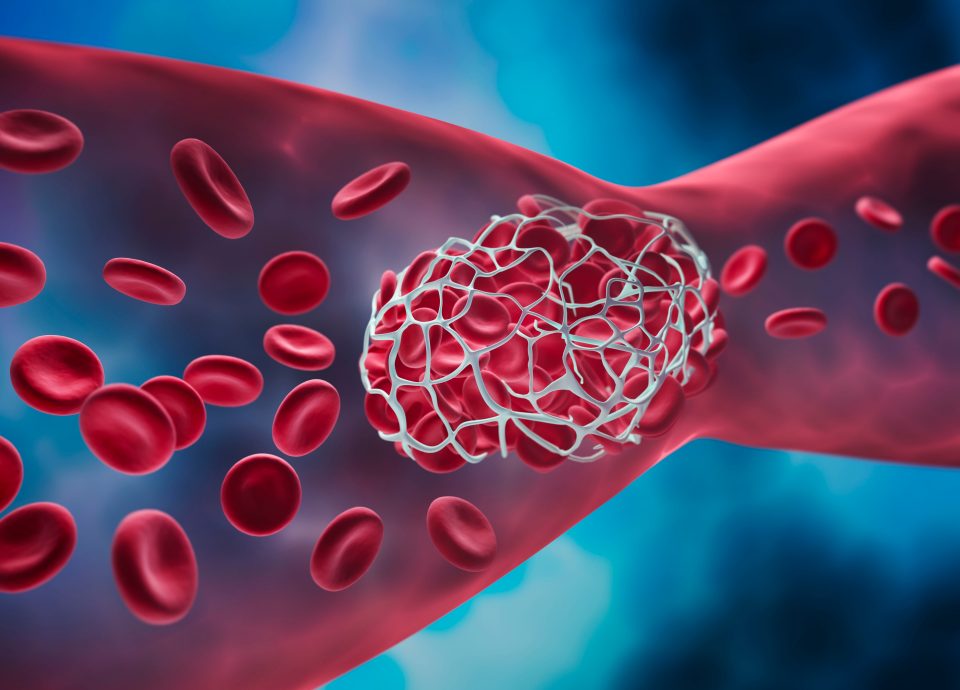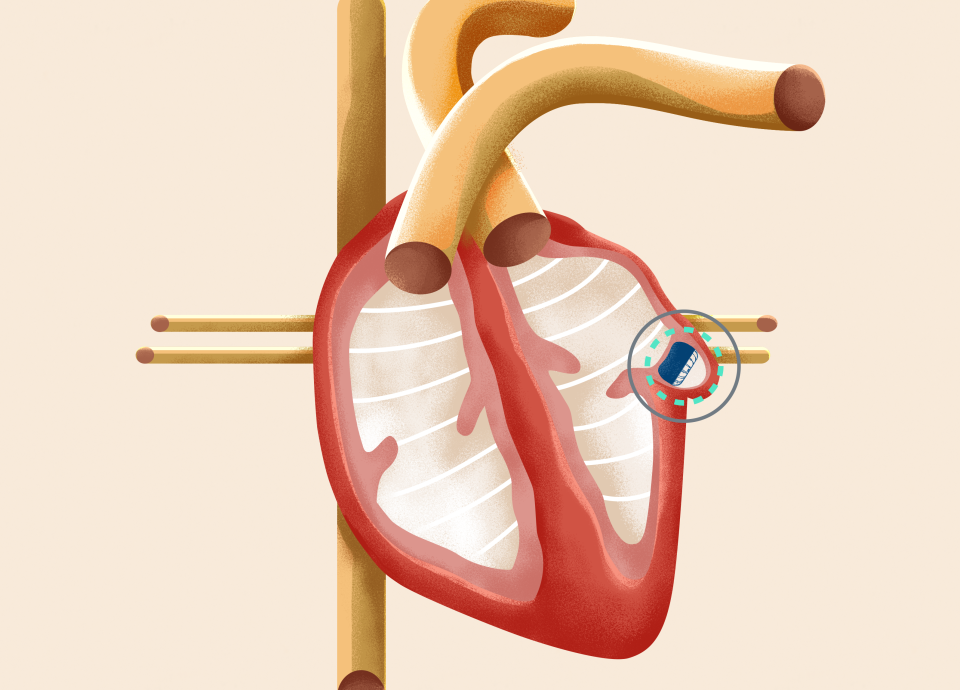Living with Afib? You're not Alone
Atrial fibrillation, or afib, is the most commonly treated irregular heart rhythm in the United States.
The condition can develop with  age and may occur without any noticeable symptoms, while others may experience:
age and may occur without any noticeable symptoms, while others may experience:
- Fatigue
- Shortness of breath
- Heart palpitations
- Lightheadedness
- Chest pain
- Anxiety
Not everyone who experiences afib will remain in afib. In fact, for many, the irregular rhythm comes and goes, lasting for hours or days before the heart’s rhythm returns to normal. As time goes on, it is not uncommon for afib to become more frequent and persistent.




